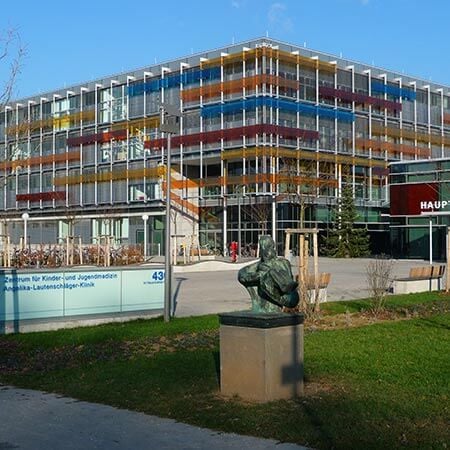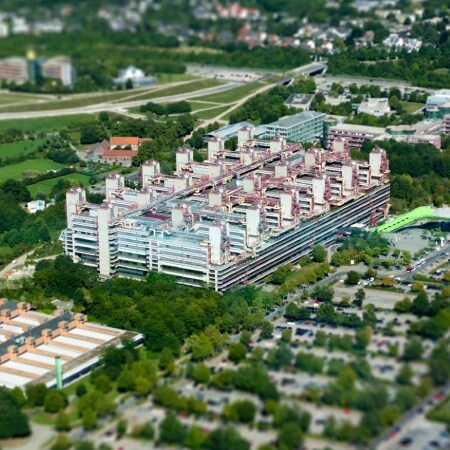About the disease
Pneumoconiosis is an umbrella term for the majority of lung diseases that are caused by the inhalation of dust. Certain working environments, such as factories and mines in particular, have a lot of airborne dust. If workers’ do not use adequate breathing apparatus, dust particles will eventually leave deposits in the lungs, damaging them over time.
Some individuals who work in dusty places may never develop pneumoconiosis, because their immune system is strong enough to fight the dust particles once they enter the lungs. Short-term exposure to airborne dust is unlikely to cause illness in people with a good immune system; long-term hazardous breathing conditions, however, are likely to cause lung disease, even in otherwise healthy people. The smaller the dust particles are, the more difficult it is for the immune system to fight them.
Pneumoconiosis includes such lung diseases as silicosis, which is considered to be one of the most harmful for the lungs. Silica, asbestos and coal dust are among the most common irritants out of all types of airborne dust that can cause lung damage.
Generally speaking, pneumoconiosis can be latent for many years before manifesting itself for the first time. In a lot of cases, people develop pneumoconiosis years after having contact with airborne dust. This condition is sometimes found accidentally, while checking for other diseases or during a regular check-up (which mine and plant workers are very often required to undergo).
The good news is that pneumoconiosis can always be prevented by wearing special protective masks. It is important to conduct awareness programs among workers who are exposed to airborne particles, and employers in most countries are legally required to make sure all of their workers are protected. Pneumoconiosis rarely results in death, but it can lead to severe respiratory problems, such as lung scarring, which is why prevention is the best option for people who are at risk of developing pneumoconiosis.
Symptoms
- Shortness of breath
- Dry cough
- Chest tightness
- Muscle pain
- Fatigue
- Weakness
- Weight loss
Diagnosis
- During a general examination, the doctor will ask the patient where they work, to find out if they have been in contact with airborne dust.
- The doctor will listen to the patient’s lungs with a stethoscope, to check for breathing difficulties or other abnormalities.
- A lung functioning test is performed, to determine how much air the patient can inhale and how quickly they can exhale. The volume of the lungs is also measured.
- The patient may be asked to exercise or climb a ladder for a short time, to find out if they get out of breath too quickly.
- Imaging tests such as an X-ray or CT scan can establish whether any scarring has occurred, or if there are any signs of inflammation or excess fluid in the lungs, which can indicate pneumoconiosis.
- A bronchoscopy is performed in order to obtain a sample of lung tissue or fluid, to be examined more closely. This test is also useful for examining the airways more closely.
Treatment
- Since it is impossible to cure pneumoconiosis completely, it is better to prevent it developing in the first place by ensuring adequate breathing apparatus is used in dusty working environments.
- People suffering from pneumoconiosis are strongly advised not to smoke, because of the higher risk of developing lung cancer.
- Special medications are prescribed to reduce shortness of breath and alleviate inflammation in the lungs.
- Oxygen therapy or special inhalers may be prescribed if the patient is having difficulty breathing.
- Lung transplant surgery may be required in severe cases if the patient suffers respiratory failure or other complications related to pneumoconiosis.
Authors:
This article was edited by medical experts, board-certified doctors Dr. Nadezhda Ivanisova, and Dr. Bohdan Mykhalniuk. For the treatment of the conditions referred to in the article, you must consult a doctor; the information in the article is not intended for self-medication!
Our editorial policy, which details our commitment to accuracy and transparency, is available here. Click this link to review our policies.



















